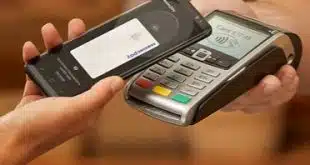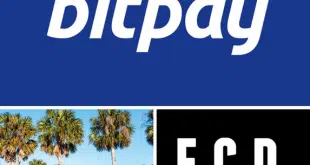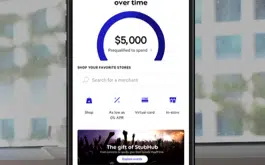Though still in its infancy, mobile banking will balloon from 1.68 million to 34.9 million users over the next four years, laying the groundwork for mobile payment channels such as physical-world transactions via near-field communication (NFC) and mobile commerce, a new report argues. Already, report author Nick Holland, a senior analyst at Boston-based researcher Aite Group LLC, says bill-payment, and especially last-minute or emergency payment, is becoming an essential feature?and the only transactional component?of most banks' mobile-service menus. Still, Holland argues that the full development of further mobile-payment functions, such as handset-based payments to online retailers that have set up storefronts on the mobile Web, could be hindered by the mobile channel's susceptibility to fraud. Indeed, while vendors Holland interviewed for his report expect m-commerce to become a commercial reality within two to three years, he tells Digital Transactions News that forecast represents “very wishful thinking.” With the rapid development of mobile banking, fraudsters are just now waking up to the potential for phishing and other exploits on mobile networks, tactics the networks haven't yet fully prepared for. “There's going to be a lot of end-user education required,” he says. “Now the mobile device isn't just for speaking or downloading ring tones. It's the equivalent of your wallet. This is far more serious.” For now, banks find themselves in the midst of a ready consumer market for mobile-banking services ranging from account-balance lookups to transaction histories to bill payments. By extending such services to mobile phones, says Holland, banks can begin to chip away at the expense of call centers, where each customer inquiry currently costs a hefty $14. Mobile services also tie customers more tightly to the bank. “It's a sticky function,” Holland says. With banks interested, and with handset and mobile-network technology having become more robust over the past few years, mobile banking is set to explode. Holland predicts a more than quintupling of users next year, to 9.49 million, and a more than doubling of that number in 2009 on the way to nearly 35 million in 2010. Such rapidly spreading popularity will put much of the technology in users' hands that will be needed to launch NFC and other m-payment products, Holland forecasts. Already, mobile-banking software vendors are preparing applications to support such services. “Mobile banking can be seen as the beginner product,” he says. “[Vendors] aren't looking at it as a one-trick pony.” But, besides security concerns, other factors could slow down mobile payments. NFC, for example, remains the focus of a dispute between banks and wireless carriers over which party should control?and earn the bulk of the fees for–transactions. “It's going to be a cat fight for a while until they work this out,” Holland notes “It's a clash of egos at this point.” NFC technology sets up a short range, contactless communication between a mobile device and a point-of-sale transceiver, allowing a chip in the phone to send payment-account data to a POS terminal to complete a transaction. With the chip, the phone can also establish a two-way link to an NFC chip embedded in a sign or poster, allowing marketers to send film clips, games, and other content to users' phones when the handsets are held nearby. Holland's report, “Mobile Banking v2.0: Time for the Perfect Storm?” was released this week.
Check Also
Affirm Expands Credit Reporting And Adds Adyen U.K. Clients
Installment-payments specialist Affirm Holdings Inc. will include all of its products in data sent to …






